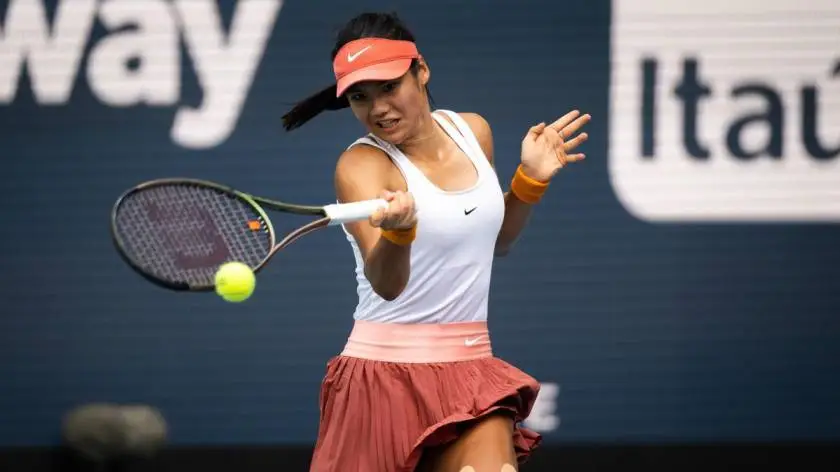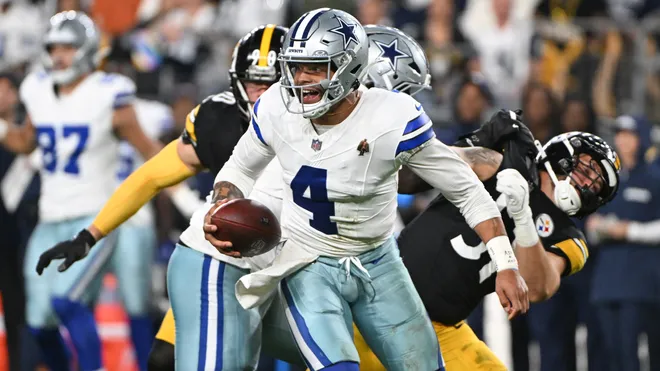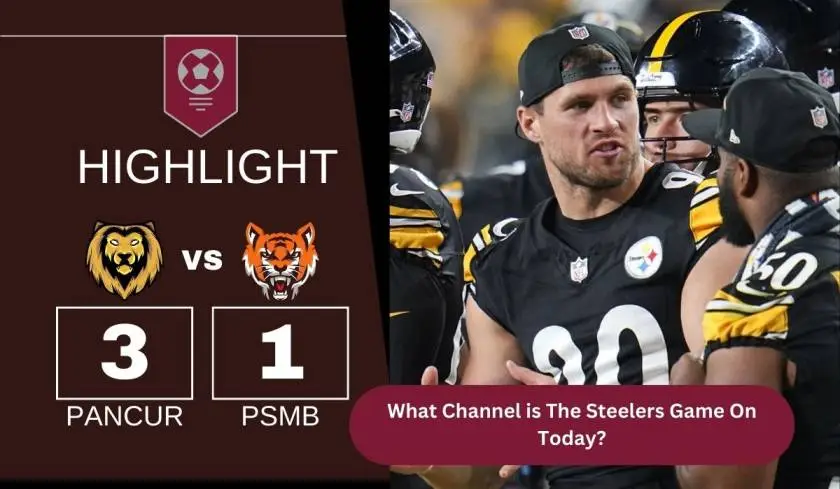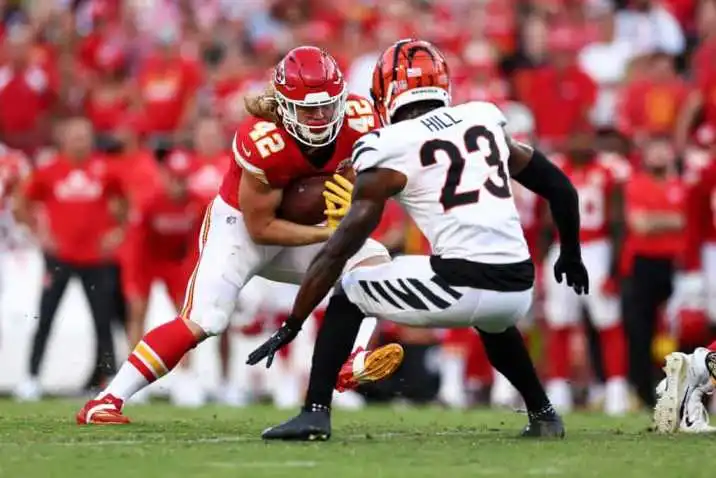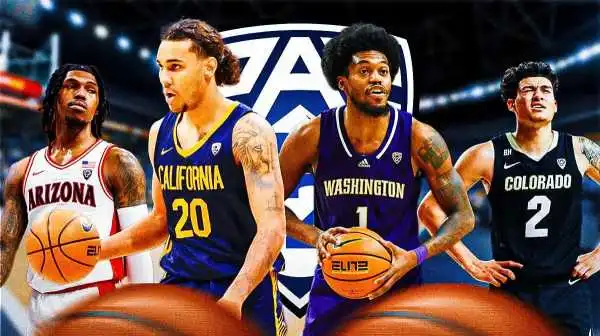
There’s a Pandemic. Is This a Time for Tommy John Surgery?
Imagine you work for a Major League Baseball team and your star pitcher has a torn ulnar collateral ligament, the kind of elbow injury requiring Tommy John surgery. It will be at least 12 to 18 months before he pitches again, and the longer he pushes off the operation, the longer you will be without him.
So why wait? The coronavirus pandemic would seem to be a powerful reason, considering the strain on medical resources in the United States.
Yet two of the majors’ best pitchers, Noah Syndergaard of the Mets and Chris Sale of the Boston Red Sox, had the operation during the final week in March, after M.L.B. had suspended operations.
The elbows are healing, but the optics are curious.
“You have to be careful from an appearances standpoint, but the idea from a club perspective is to have it done, and get it done as quickly as you can,” said Jim Duquette, the former Mets general manager, who is now an analyst for MLB Network Radio and SNY. “Maybe you don’t broadcast it everywhere, but from the business aspect of it, it’s so tricky. Time is of the essence when you have these types of surgeries, especially when it comes to the return on it.”
Syndergaard had surgery on March 26 with the Mets’ team doctor, David Altchek, at the Hospital for Special Surgery in West Palm Beach, Fla. Sale had his procedure on Monday with Dr. Neal ElAttrache at the Cedars-Sinai Kerlan-Jobe Institute in Los Angeles.
Sale had been treated in Florida by Dr. James Andrews, with ElAttrache consulting. But Andrews has suspended all nonemergency surgeries to comply with Florida’s executive order “to conserve all medical supplies, including personal protective equipment, to only that which is necessary to be used in response to this emergency or for any other medical event of urgent or emergent nature.”
That order was issued on March 20, but the Mets insist they were assured that Syndergaard’s surgery was essential and would not take away resources from patients being treated for Covid-19, the disease caused by the coronavirus. General Manager Brodie Van Wagenen declined to comment this week, but Chaim Bloom, the Red Sox’ chief baseball officer, gave a similar rationale about Sale to The Boston Globe, saying the surgery was essential to Sale’s ability to continue in his profession.
“It was important to all of us to do this in a way that would not place any undue burden on anyone suffering because of the coronavirus,” Bloom said.
Syndergaard dealt with elbow soreness in spring training, but he was still throwing hard and dismissed the feeling as typical pain that he had treated before with anti-inflammatories. When the season was suspended, he stayed in Port St. Lucie, Fla., like several other Mets, and threw in the bullpen.
With no season on the immediate horizon, Syndergaard agreed to have the elbow checked out, mainly for peace of mind. The initial diagnosis was said to have shocked him: a largely torn ulnar collateral ligament. A magnetic resonance imaging examination showed a full tear and some signs that it was chronic, suggesting it had been there for some time, even last season.
Latest Updates: Coronavirus Outbreak
- As global infections soar, guidance on masks is reversed.
- Britain races for ‘immunity passport’ to speed up return to work.
- Data shows an income gap in limiting movement.
In some ways, the propriety of his surgery hinges on how to parse the term “elective.’’ The operation is clearly necessary for a pitcher to continue in top form, and delaying it now could jeopardize his 2021 season — and affect Syndergaard’s earning power in free agency after that season. But necessary does not always mean urgent.
“The argument is: ‘Well, this needs to be a go because even though sports is suspended at the moment, this is a person’s livelihood and when things are up and running, it throws off all sorts of schedules, like rehab time,’” said Lee H. Igel, clinical associate professor at New York University’s Tisch Institute for Global Sport. “It’s an understandable argument, but it’s a no-go, because what we’re dealing with now in the world, it’s not a question of people’s livelihoods, it’s people’s lives, and there’s a big difference there. The scene out there in hospitals and clinics, it’s severe. It’s just not the time for Tommy John surgeries.”
Igel, who also has an associate appointment in the medical ethics division at the N.Y.U. Langone School of Medicine, said complicated surgeries like elbow reconstruction could conceivably use medical supplies, personnel and space that should be kept available for more urgent needs.
“We don’t think of a young athlete having complications during surgery, but things happen that could cause somebody to go into an intensive care unit,” Igel said. “The space is just not there, the supplies are just not there. Some of the professionals might be there, but it’s just not the right time for it.”
Mets first baseman Pete Alonso defended Syndergaard on Twitter in response to a Sports Illustrated article about the issue.
“Who is to judge someone’s medical needs in order to perform their job?” Alonso wrote. “Noah’s surgery, or any other athlete’s surgery during this time shouldn’t be scrutinized considering it is done by orthopedic surgeons, not those on the front lines battling this pandemic.”
He added later: “No athlete wants to go through a serious surgery and grueling recovery process. This surgery is done when it is absolutely necessary for their arm.”
Dr. William Meyers, the president and chairman of the Vincera Institute in Philadelphia, said surgeons like Altchek and ElAttrache are “highly ethical people” who are “not going to change their ethics” during a pandemic. Meyers, who has performed thousands of core muscle operations on athletes including Justin Verlander, Robinson Cano, Marshawn Lynch and Adrian Peterson, said he has been coordinating with state officials to put into place an emergency plan that would convert his institute into an urgent surgical care unit.
“We divide all of the cases that we would be doing there as outpatient into elective versus urgent, and there’s certain criteria for urgent that we developed,” Meyers said. “It sort of changes every day in terms of what the social needs are. It’s evolved into a system, for the next couple of weeks, that defines urgency as stricter than before, just to be ready because we’re heading into this surge — which clearly we’re in.”
Some conditions that would qualify as urgent, he said, would be if a patient would otherwise need an emergency-room visit or hospitalization; if the prognosis would worsen if the surgery was postponed; or if physical therapy would cause further harm. Then again, he said, if the patient has been dealing with the condition for a while with minimal deterioration, the surgery could probably be postponed for at least a few weeks.
“You’ve got to figure out what the mandates are both federally and statewise, and that enters into your judgment,” Meyers added. “There’s certainly an urgency on the part of the athlete, particularly in the off-season, which everybody’s in right now, to get things done. So you have to weigh that sense of urgency versus what’s right.”
For the Mets and the Red Sox, it was medically right to repair their pitchers’ valuable elbows. As the pandemic worsens, the calculation for other teams facing similar decisions may only get harder to justify.
James Wagner contributed reporting.



